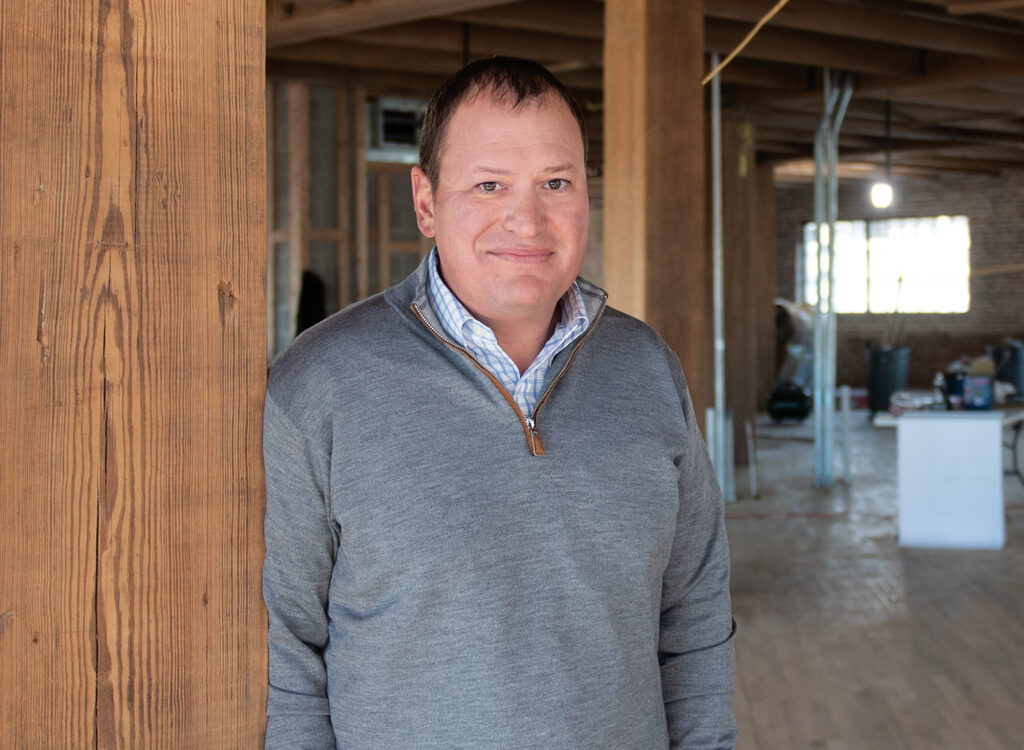Power Breakfast Takeaways: The coming Silver Tsunami
With an expected 100,000 Iowans getting set to retire in the next five years, how can your business prepare and capitalize?

What’s your company’s “50-plus” strategy? How can we initiate open conversations with older workers about how and when they plan to retire? What are some of the new realities of the work environment, and how do they affect older workers? Are older workers staying on longer because they want to or because they have to financially? How do you effectively transition knowledge from older workers? How do you keep younger workers motivated when older workers are staying on rather than retiring?
These were some of the questions addressed by our panel of five experts during the June 1 Power Breakfast: “The Silver Tsunami,” which looked at the challenges and opportunities businesses will face from the expected wave of 100,000 retirements in Iowa within the next five years.
In case you missed it, here are some takeaways from the discussion.
Beware of broad generalizations
There are many myths about older workers that aren’t true, Duncan said. They include:
1. That the majority of 65-plus people suffer from dementia. Actually, only about 6 to 8 percent do.
2. That older workers are rigid in their thinking. Actually, the majority are active through the internet and involved in their communities.
3. That older workers’ health is deteriorating. Generally, about 75 percent of 65-plus workers remain in good health.
“If you have misperceptions about older workers, you’re going to miss opportunities to attract older talent and you’re going to miss talent,” Duncan said.
On the other hand, Patterson said it’s important that employers don’t assume that their workers’ age and experience equates to personal financial know-how.
“A big myth that we run into is that people’s acumen with managing money increases with age,” he said. With people living longer and looking at longer times that their nest eggs must last through retirement, companies are going to have to step up their financial education for employees at all levels, he said.
An interesting fact that Patterson noted points to how older workers are challenged in new ways for retirement: Nearly 160,000 Americans over 65 are still paying off student debt, with three-fourths of that their own debt, not their children’s debt.
‘Have to’ vs. ‘want to’ work
Each day, 100,000 Americans turn 65, the traditional retirement age.
At the same time, 23 percent of Americans over the age of 65 are working or want to be working, up from 16 percent just a few years ago, Sovern said. That means workers and employers increasingly need to disrupt their idea of retirement as “freedom from work” to “freedom to work,” he said.
For individuals and their companies, Sovern said a key question should be: What’s your 50-plus strategy?
The panelists tended to agree that in many instances older workers are more flexible and happier at work than their younger counterparts.
Bankers Trust, for instance, conducted an employee survey gauging engagement and happiness and found that generally, “older people are happier,” Bryant said. “They’ve really learned to take things in stride. We’re finding that they’re more happy and productive in their older years.”
“Older workers are more flexible in the workforce than you may imagine,” Sovern said.
Duncan said employers need to think about “flipping the lens” in how they look at recruiting employees to address the largely untapped pool of potential workers who are between 65 and 85. He acknowledged that the majority of employers that Aureon HR works with are not looking in that age range, but it could represent an opportunity for companies that develop a reputation for recruiting older workers.
Communicating with employees about retirement
Bryant said that at Bankers Trust, she has learned that building trust with older workers and letting them know they can have frank conversations about their retirement plans is important. It’s all about creating a comfortable environment for discussing retirement.
In one instance, an employee was hesitant to say that he wanted to retire in five years, but after taking that employee to lunch, “we came up with a beautiful five-year plan,” Bryant said. “Every individual needs to be approached as an individual, to take some of the fear out of the conversation. Getting the conversation out there is a really powerful first step.”
Even when that retirement date has been set, companies need to have the flexibility to do a “stutter-step” with that strategy if the worker wants to negotiate staying on a little longer, Bryant said.
Patterson said Principal takes succession planning very seriously, and not just with its top executives.
“We try to encourage people to tell us about their plans within two to three years of retirement,” he said. By doing so, the company can determine the best strategy for how to replace that person, whether it’s with another person or through technology.
For smaller companies, the skill sets that need to be replaced with an older worker may not always be available within the company, Duncan said. “If the skills are not within your company for replacing key workers, be aware of where the talent is in your community,” he said. LinkedIn is a good resource to turn to, he added.
Training managers how to talk with employees about retirement may be the new frontier for HR training, based on a little test that Bryant did. She asked for the audience to show by raising their hands how many had received training on hiring employees; most had. By contrast, few people raised their hands to show that they had ever been trained about retirement discussions.
Keeping younger workers motivated
Noe said that a couple of generations ago, there really weren’t significant differences in how younger workers and older workers perceive their companies’ organizational structures. Now, the team-based approach that workplaces often use begins early on in school with learning teams.
Noe said he often advises recent graduates not to text or use their smartphone during a job interview, something a boomer would never have to have been told. “But why not (let them)?” he pondered. “Are we trying to force them to adapt to our outdated way of working? Is that the right approach?”
Patterson said between 15 and 20 percent of Principal’s global workforce doesn’t work from a traditional office, “so it fosters that ability to work part time or as an older worker.”
Keeping younger workers motivated as more older workers hang on in the workforce may mean that companies have to redefine what promotions look like, Bryant said. “Maybe it’s smaller steps in promotions versus big promotions,” she said.
Transferring knowledge
At Principal, which has a large contingent of employees with 25 or more years of experience combined with an influx of younger workers, “there’s a huge opportunity in transferring knowledge, but it’s a challenge in the differences in how people train and learn,” Patterson said.
Successful knowledge transfer can be as simple as getting older employees to archive their work procedures, Duncan said, and it’s particularly important for small businesses.
“Small businesses are particularly vulnerable to what I call single points of failure,” Duncan said.
In some instances, organizations may be better off totally “cleaning off the desk” and starting over in procedures rather than trying to update outdated procedures, Noe said.








